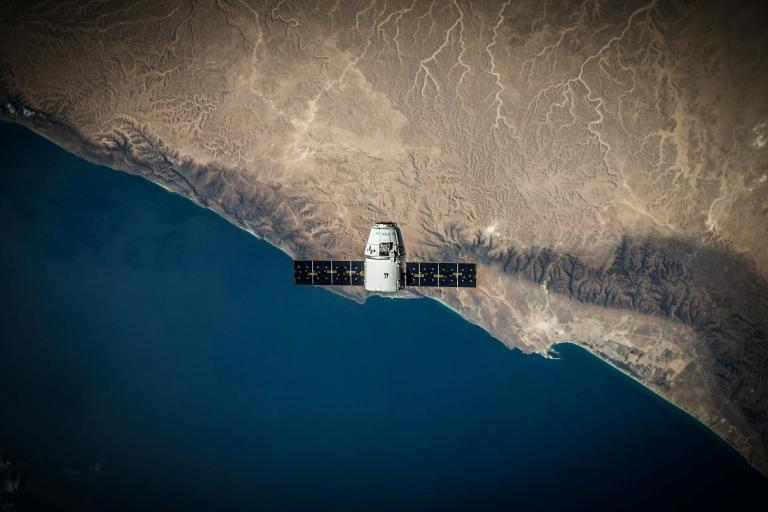Recent developments on ship-borne VDES terminal design have identified several technical challenges in both reception and transmission to comply simultaneously with the system constraints of both satellite and terrestrial links. Major constraints of existing systems include the power flux density limits on the downlink carrier [AD 1], the out-of band power limit at nearby Radio Astronomy frequency bands (150.05-153 MHz), the VHF communication channel impairments (such as multipath fading) and different sources of inband interference on the VDE-SAT uplink channels. Such technical challenges can hamper the availability and reliability of the VDES as a communication system.
However, preliminary investigation of new antenna and front-end RF design has shown promising results to counter these effects. For example, a recent over-the-air experiment with a Circularly Polarised antenna has shown a significant (4-5 dB) improvement in the link quality. This shows the need for dedicated antenna designs. Those designs might also Benefit from recent techniques used in miniaturised space-based VHF antenna developments. In other experiments, a receiver spatial diversity has also shown improvements in the link quality. Solutions at protocol level are also under investigation to perform interferencemanagement between the terrestrial and satellite components of the VDES integrated satellite-terrestrial communication system.
This proposed activity aims to investigate innovative techniques and technologies for the shipborne VDES terminal sub-systems, focusing mainly on the antenna, but also considering the RF front end and baseband signal processing to enhance significantly the VDES reception and transmission quality, taking into account the recent allocation of the VHF frequency bands for the ship-to-satellite and satellite-to-ship transmission, as recently approved by WRC19.
This activity encompasses the following tasks:
- Carry out innovative design of antennas, RF sub-systems of the shipborne terminal;
- Define and consolidate requirements of the new frequency plans and the operational
concepts of VDES;
- Ship-borne VHF antenna sizing and radiation requirements, considering the satelliteship
geometry as well as channel impairments, particularly caused by multi-path fading;
- Techniques to enhance the VDE Satellite downlink reception (ship-borne) and VDESatellite
uplink transmission;
- Development of antenna technologies compliant with the recent VDE Satellite protocol according to the recent ITU recommendation for VDE (following WRC19);
- Verify and revise if necessary the characteristics of implemented sub-systems.
A shipborne user terminal prototype shall be developed and tested.
Link with CMA Goals
Goal II: A competitive, innovative and sustainable blue economy for the Black Sea / Priority 1: Foster innovative business models, stimulate research and innovation, and sustainable growth and up-to-date job

